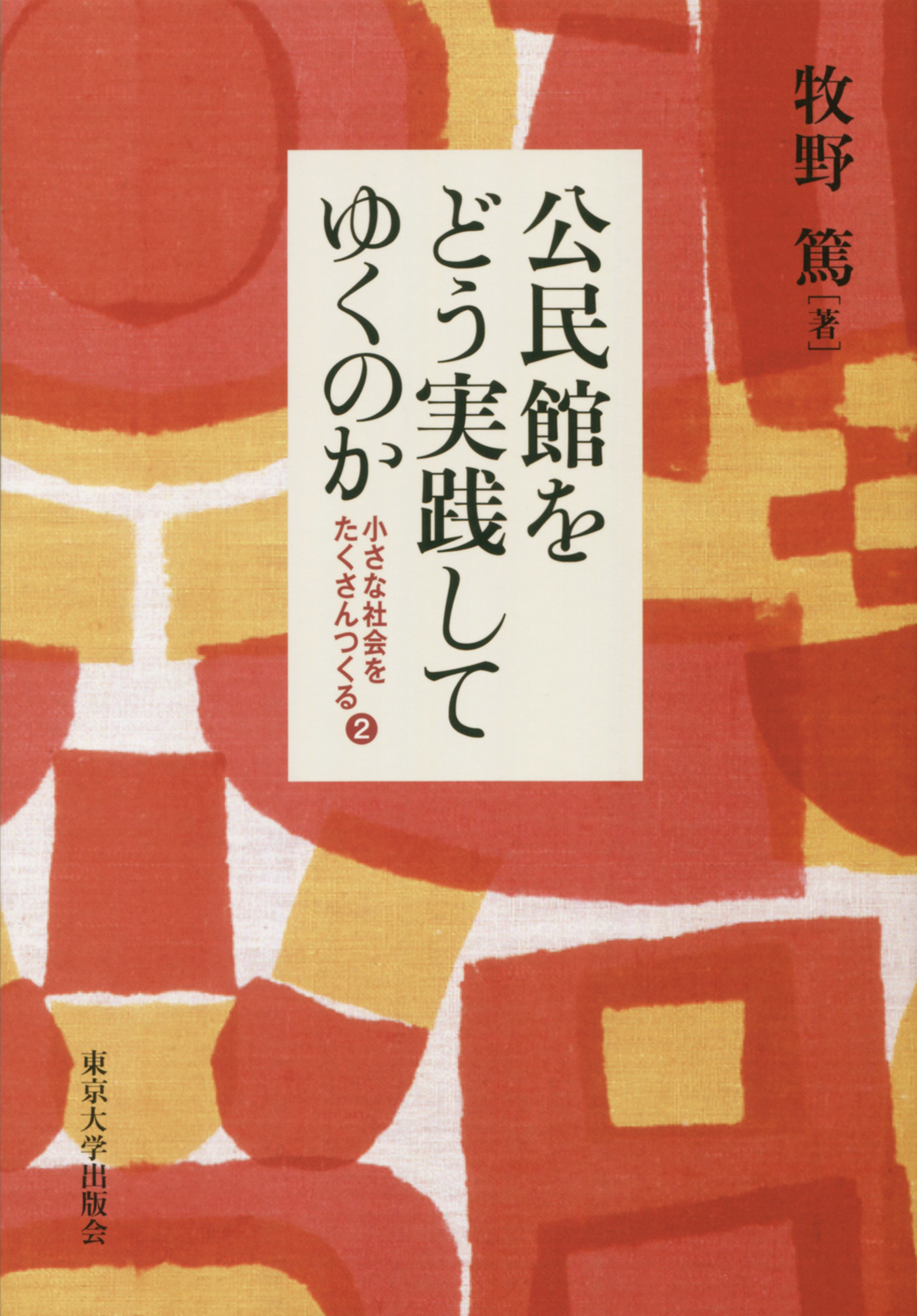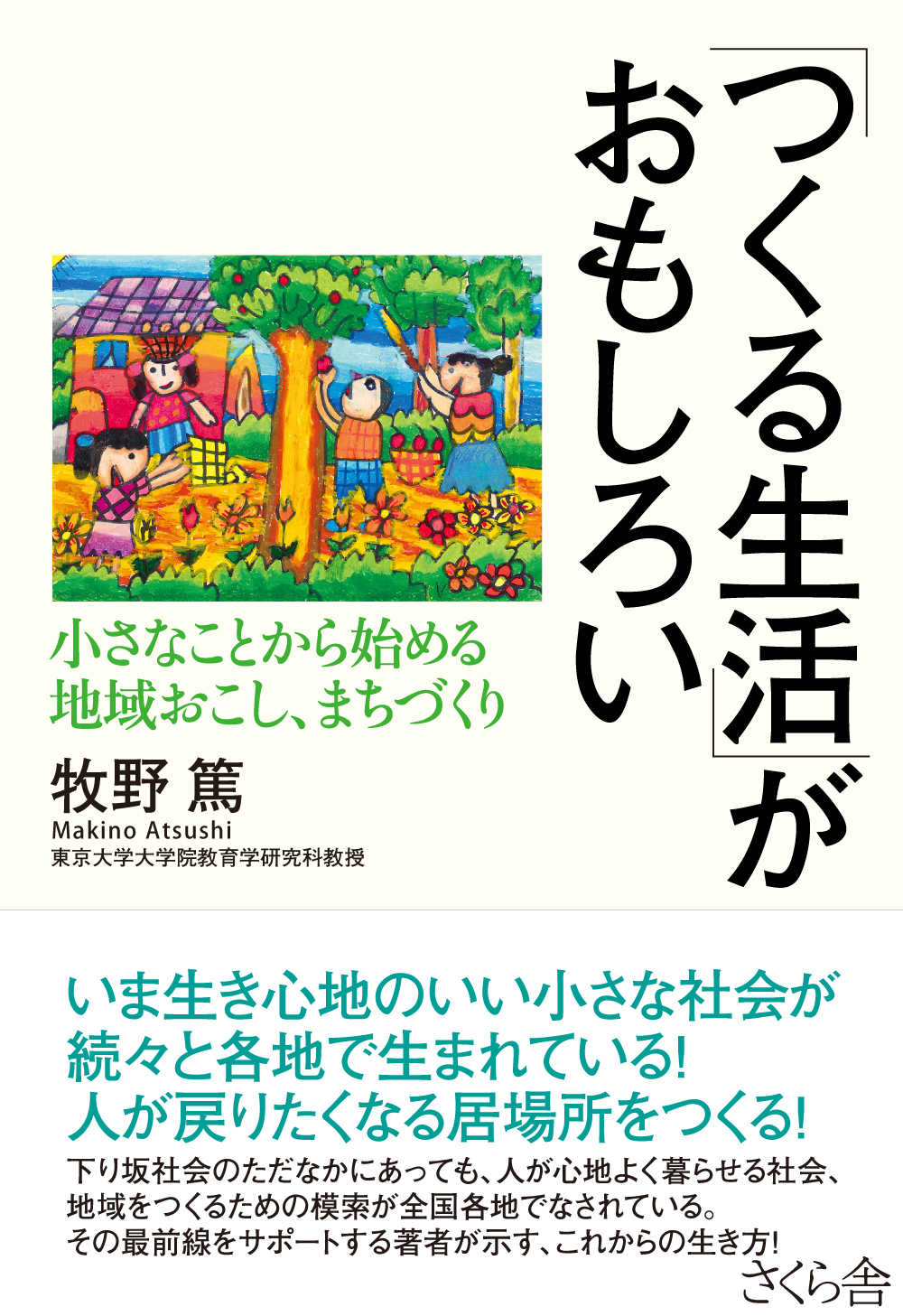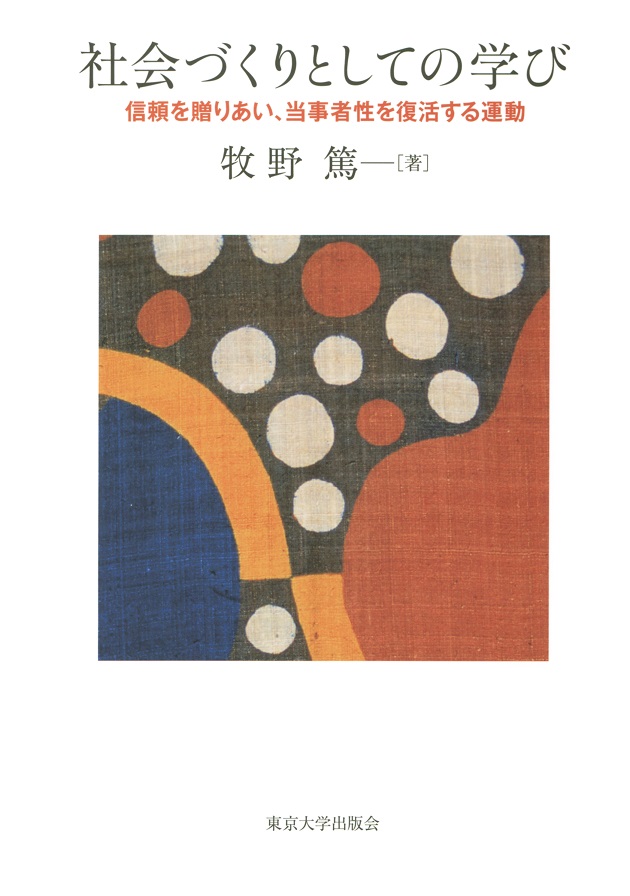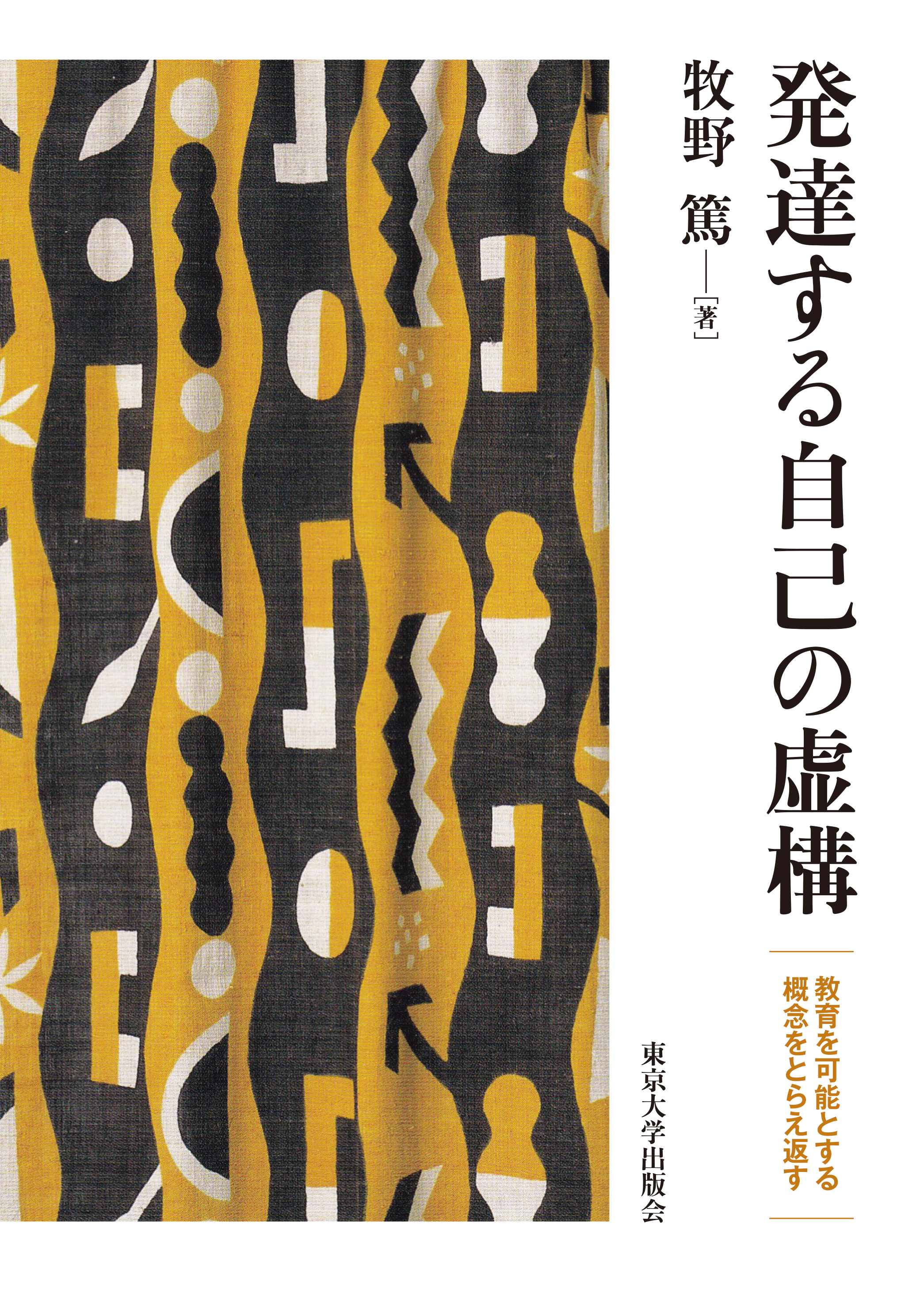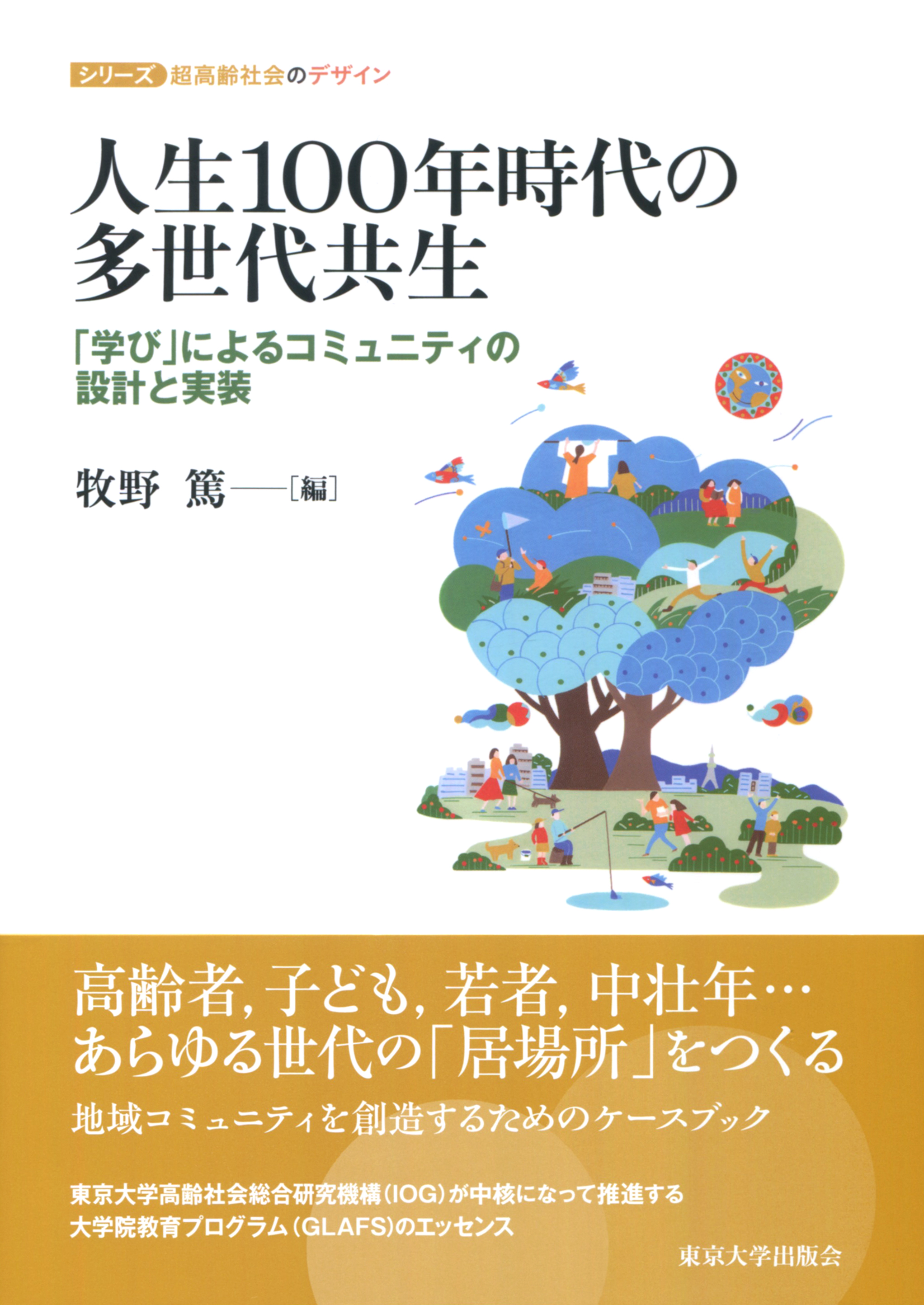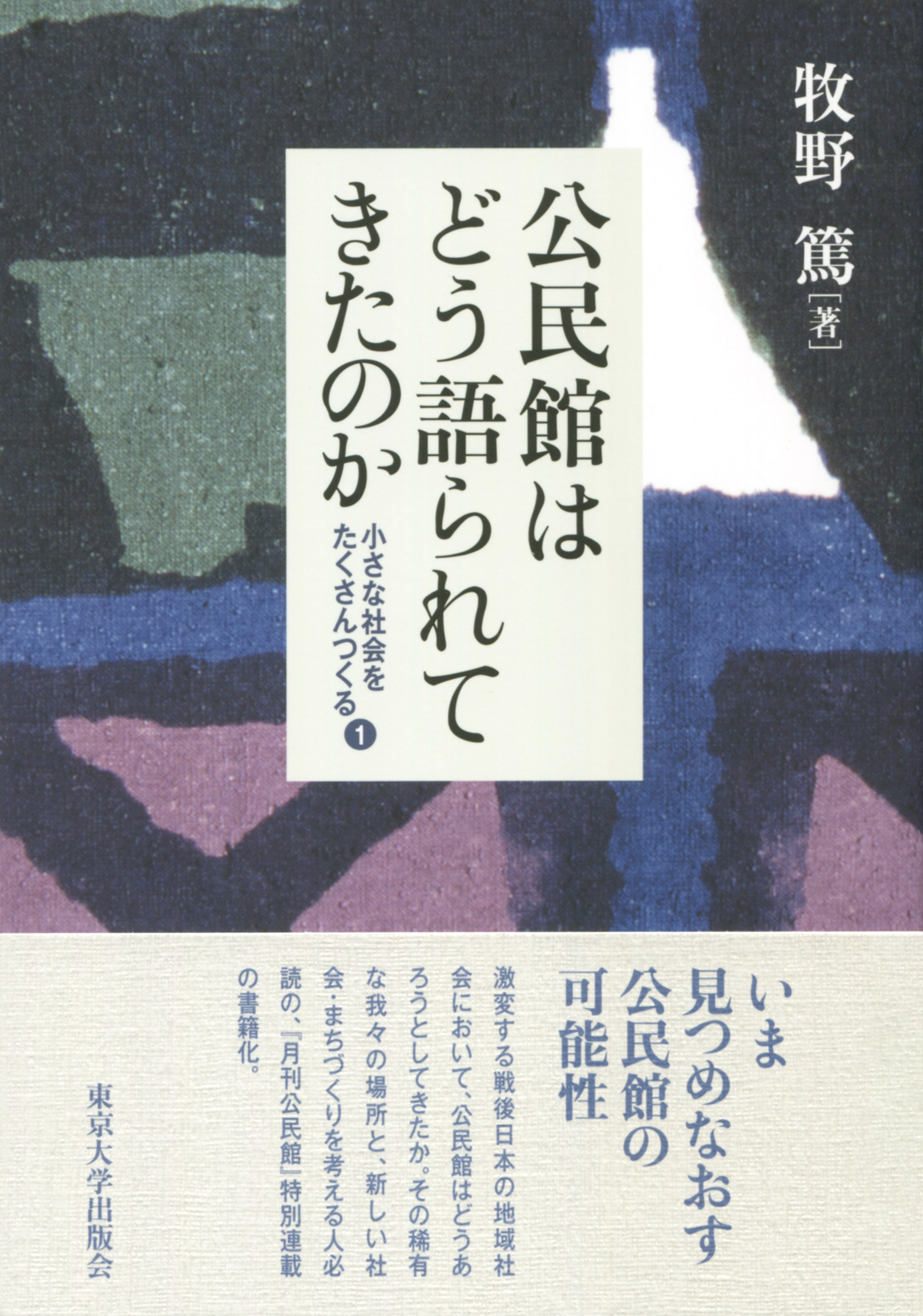
Title
Kōminkan wa dō katararetekita noka (Reshaping the History of Kominkan: Discussions on the Community Learning Center in Japan: The Making our “Societies” 1)
Size
296 pages, 127x188mm
Language
Japanese
Released
November 09, 2018
ISBN
978-4-13-051343-2
Published by
University of Tokyo Press
Book Info
See Book Availability at Library
Japanese Page
Japan’s system of education can be broadly divided into school education and social education. The community learning center (CLC, kōminkan) serves as a major pillar of social education and has for a long time supported the grassroots activities of Japanese people. The original concept of CLC was formulated in 1946. In the midst of the chaotic period following Japan’s defeat in the war, people who sought to lay the groundwork for a peaceful and democratic society worked to build CLCs throughout the country. Today, though their numbers have gone down somewhat, there are still around 15,000 CLCs (defined as public facilities established by local municipalities) in Japan.
As I wrote this book a thought crossed my mind. Major discourse on CLC arises when social education becomes a political issue, and when social education becomes a political matter, there is a fundamental change in social structure that permeates all the way to the level of people’s daily lives and threatens the existence of those very people. This is a historical reality that remains unchanged to this day.
It is said that artificial intelligence (AI) will soon be depriving a lot of people of their livelihoods and we need to pay attention to the circumstances in the backwaters of society that are leading to this. Like the hidden prevalence of child poverty, our society is riddled with numerous dividing lines. Trapped in the assumption that we need to be self-reliant, people are becoming defensive and increasingly intolerant of others to the point where trust is a term on the verge of disappearing from society. In this society, there is a growing perception that self-reliance means isolation. People are becoming increasingly dependent on the government even as they quarrel among themselves. This is leading to a growing demand for services that is straining municipalities to the point of dysfunction. We are seeing the dismantling of the resident autonomy that is the foundation for the collective autonomy on which municipalities are based.
In the midst of this crumbling society, the CLC is once again becoming a focal point of policy for reinforcing social foundations. Within this context, we, as individual residents, are being asked to support society as a collective existence in which all residents are a cohesive, indivisible whole. This society is not the society of the past—a society in which distribution and possession were based on the abstract concept of a “national people” and in which it was a given assumption that an individual was made whole and attained universality by acting as an agent of that concept. Rather, it is a society existing in the spaces between people, in which it is impossible to detach oneself from others, and yet in which individual residents leading specific, individual lives, form a collective unit that grows and changes.
The CLC serves as one system for building the foundations that support this kind of society and the individual people within it. The CLC provides an opportunity to create “small societies” in which “I” becomes the indivisible “we,” “small societies” that will enable us to rethink and rebuild our greater society on the stronger and more robust foundation of resident communities. This book is an attempt to capture the basic debates leading to this process of rebuilding.
In the discussions concerning CLCs, and in the various discourses arising out of those discussions, we can envision a past that might have been and can see how the perceptions of society and the individual have changed. We live in an era in which experience means nothing. But by learning from the past and by listening to the voices from a past that might have been, it should be possible to construct a future that might still be.
(Written by MAKINO Atsushi, Professor, Graduate School of Education / 2019)



 Find a book
Find a book


